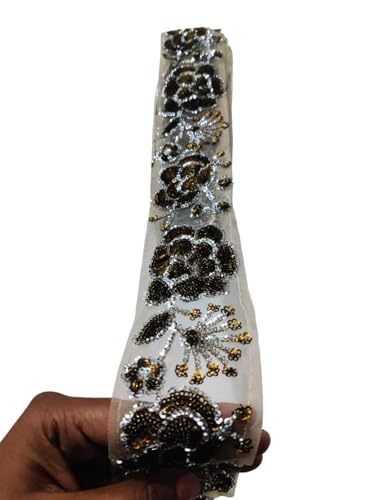6 Industries That Benefit Most from KFLF.info
- Radio Broadcasting Stations: Perfect for AM/FM stations looking to establish or enhance their digital presence
- Streaming Music Platforms: Ideal for digital radio services and music streaming applications
- Podcast Networks: Excellent foundation for podcast hosting and audio content distribution
- Entertainment Companies: Great for music labels, talent agencies, and entertainment marketing firms
- Audio Technology Businesses: Perfect for companies selling radio equipment, broadcasting software, or audio solutions
- Media Consulting Services: Ideal for radio consultants, broadcast engineers, and media strategy firms
Why Act Now?
Premium radio domains like KFLF.info are increasingly rare as the broadcasting industry continues its digital transformation. This domain combines the authority of traditional radio call signs with the flexibility of modern digital platforms, making it an invaluable asset for any audio-focused business.


